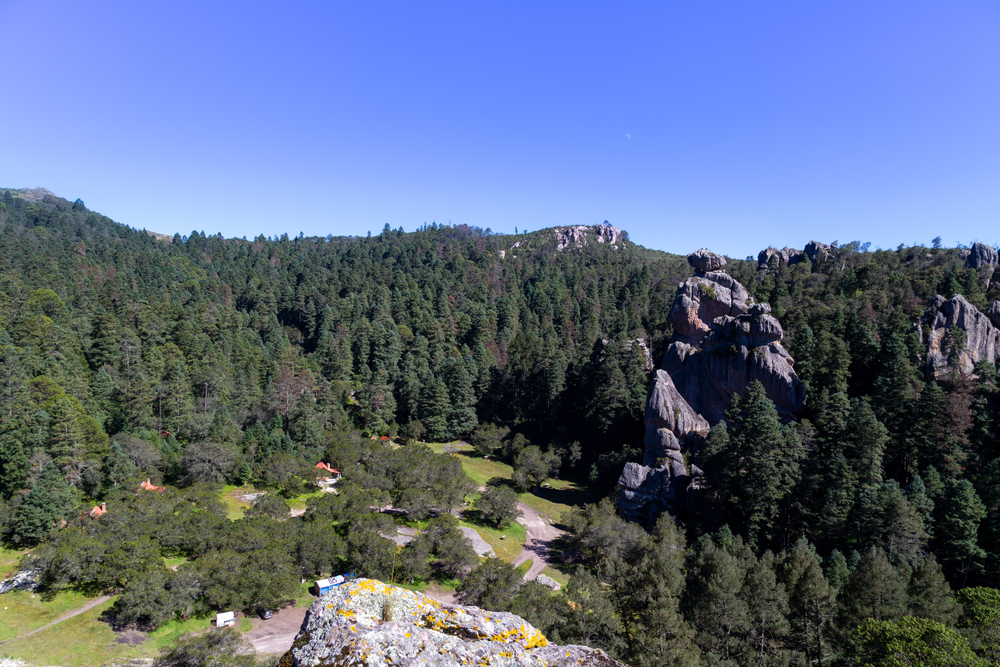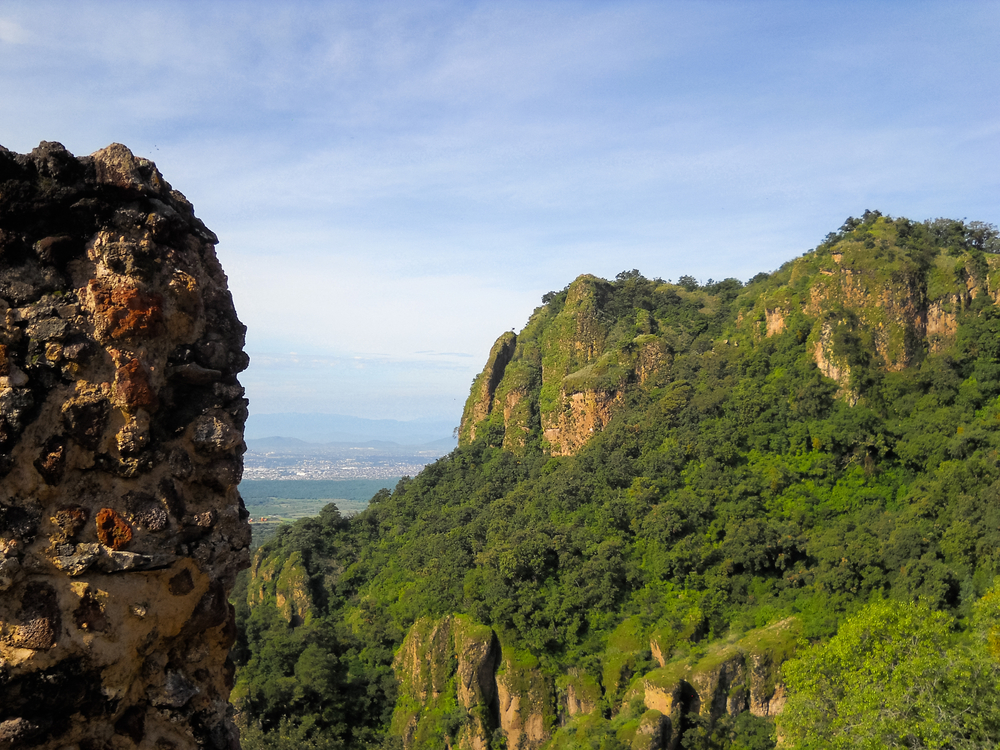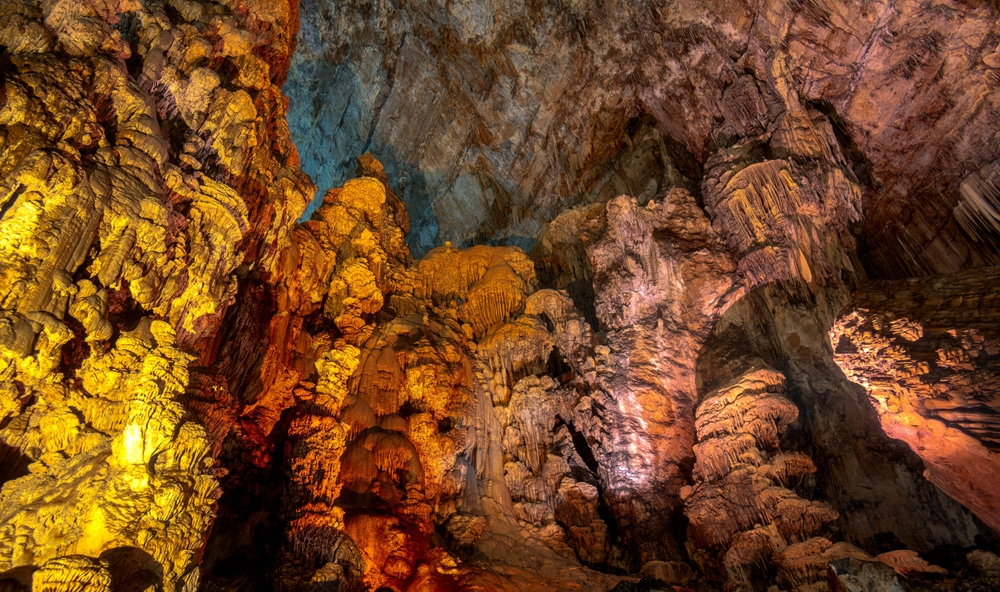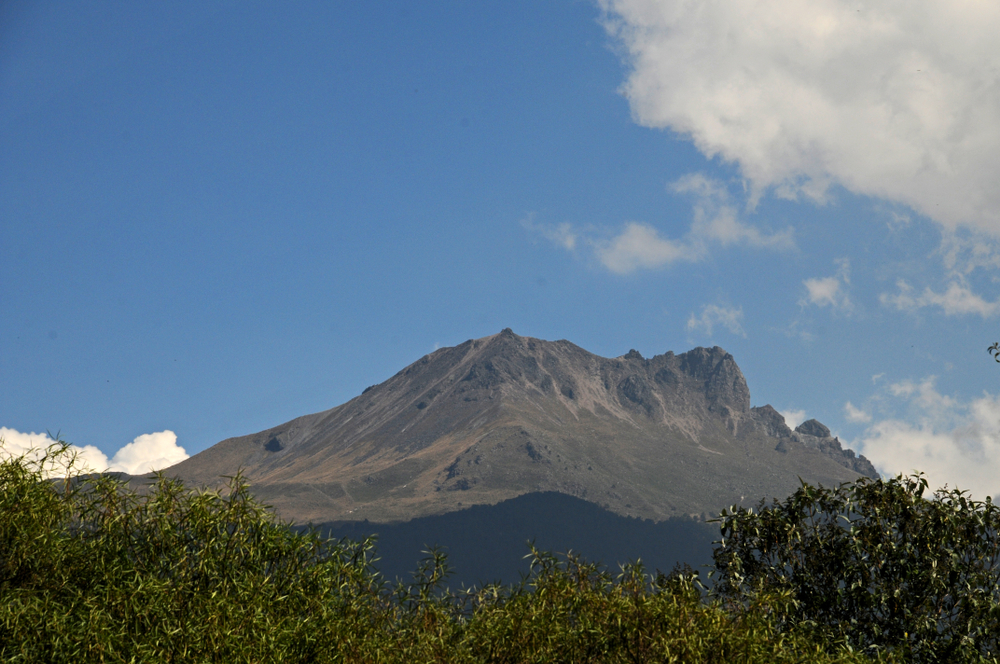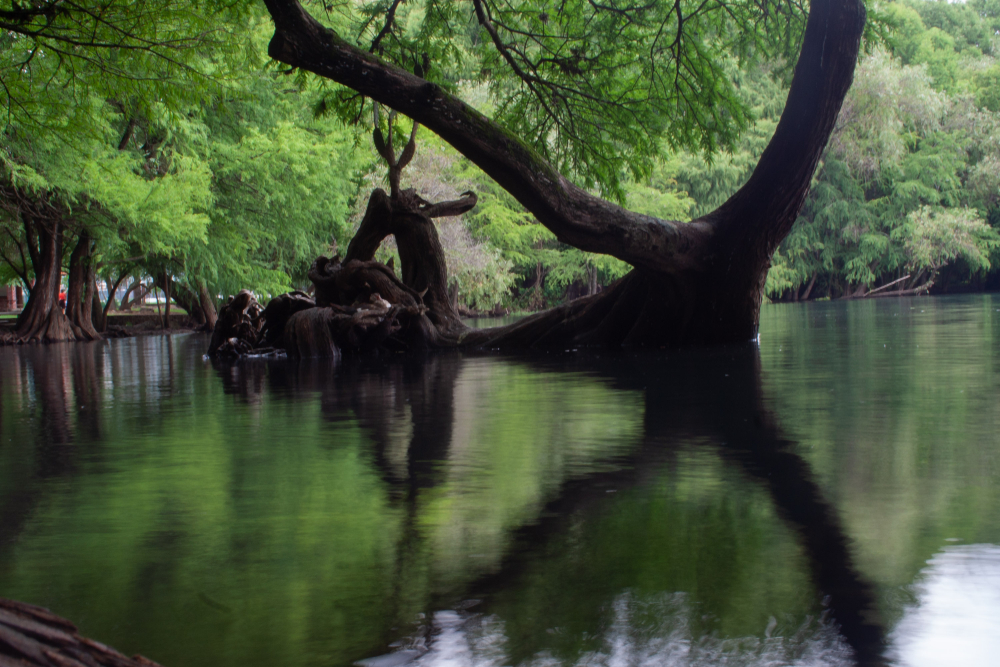Lagunas de Zempoala Overview
Lagunas de Zempoala National Park, known in Spanish as Parque Nacional Lagunas de Zempoala, is a protected natural area located in central Mexico, spanning the states of Morelos and Mexico.
The park covers approximately 13.73 square miles (35.5 square kilometers) and is situated at an altitude ranging from 2,800 to 3,600 meters above sea level. The name “Zempoala” originates from the Nahuatl language and means “place of many lakes,” a fitting description for a park distinguished by its seven interconnected lagoons—Zempoala, Tonatihua, Seca, Prieta, Ocoyotl, Hueyapan, and Quila. These bodies of water, set within a mountainous landscape, are among the park’s defining features, creating a serene and picturesque environment.
The park’s terrain consists of dense forests, rolling hills, and volcanic formations, shaped by the geologic activity of the Trans-Mexican Volcanic Belt. Towering pine, oak, and fir trees dominate the vegetation, forming an essential part of the region’s ecosystem.
The thick forests provide a lush, green canopy, which contrasts beautifully with the blue-green hues of the lakes. During the rainy season, the park becomes particularly vibrant, with mist often settling over the water, adding to its mystical allure.
In drier months, some of the lagoons shrink in size, emphasizing the seasonal changes that affect the park’s hydrology. The region’s high-altitude climate results in cool temperatures year-round, with occasional frost and even snowfall in winter.
Lagunas de Zempoala is home to a diverse array of wildlife, benefiting from its well-preserved forested environment. Among the notable mammals found in the park are white-tailed deer, bobcats, and coyotes, while smaller species such as squirrels and rabbits are frequently spotted.
The presence of a variety of birds makes it an attractive location for birdwatching, with species including hawks, owls, and woodpeckers. The park also serves as a seasonal refuge for migratory birds, which rely on the lakes as a temporary habitat. Amphibians and reptiles, including salamanders and small lizards, are also present in the ecosystem, further contributing to the park’s biodiversity.
One of the park’s most popular attractions is its namesake lagoons, where visitors can enjoy the tranquil scenery and engage in water-based activities such as kayaking or paddleboarding. Hiking trails meander through the forests, offering opportunities to explore the park’s landscapes on foot while encountering scenic viewpoints and diverse flora.
Horseback riding is another favored activity, allowing visitors to experience the park in a traditional and leisurely manner. The park is also well-known for its camping areas, where visitors can spend the night immersed in nature under clear, star-filled skies. The combination of water, mountains, and forests makes Lagunas de Zempoala an inviting destination for both adventure seekers and those looking for peaceful relaxation.
Despite its protected status, the park faces challenges related to conservation, including deforestation, illegal hunting, and pollution from tourism. Conservation efforts have focused on reforestation projects and environmental education to encourage sustainable visitor practices.
Local communities and conservation organizations work together to maintain the park’s ecological balance while promoting responsible tourism. The park’s accessibility from Mexico City and Cuernavaca makes it a popular escape for city dwellers, but its proximity to urban areas also requires ongoing management efforts to prevent habitat degradation.
Overall, Lagunas de Zempoala National Park remains a treasured natural sanctuary, offering a blend of scenic beauty, rich biodiversity, and outdoor recreation while highlighting the need for continued conservation efforts.











































































